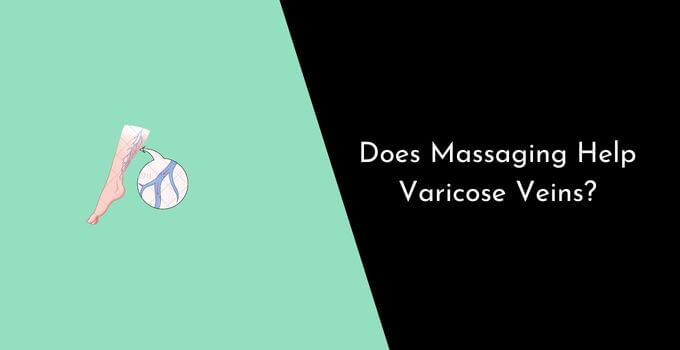Have you ever wondered whether massaging can help with varicose veins? Well, I’m here to tell ya that it just might.
In this article, I’ll be looking at the evidence for how massage therapy could make a difference in alleviating symptoms of varicose veins. I know from personal experience how uncomfortable and unsightly these bulging blue or purple lines on your legs can be – not to mention the pain they cause when standing up for long periods of time.
So if there’s anything we can do naturally to ease their severity, then let’s explore what it is! Keep reading to find out more about potential benefits of massage therapy for varicose veins.
Massaging Its Temporary Solution
Ah, the dreaded varicose veins. They can cause a lot of discomfort and embarrassment for many people! But did you know that massage therapy may be able to provide some relief?
That’s right – massaging can actually help reduce the symptoms associated with varicose veins, if only temporarily.
So what are the benefits of using massage therapy to treat varicose veins? Well, it helps improve circulation and increases blood flow in your legs, which can ease pain and swelling.
Additionally, it relaxes tense muscles in the affected area, reducing inflammation and promoting healing. And lastly, regular massages boost lymphatic drainage, helping flush out toxins from your body.
All these factors work together to give you much-needed relief from your varicose vein issues – even if it is just temporary!
How To Massage Varicose Veins In Legs
Now that we’ve discussed how massaging can provide a temporary solution for varicose veins, let’s get into the specifics of how to actually massage them.
Here are five helpful tips:
- Start with gentle circular motions at the ankles and work up towards the knee.
- Use only light pressure when massaging – avoid digging in too deep!
- Alternate between clockwise and counterclockwise strokes as you move along your legs.
- Make sure to cover both sides evenly so that all areas around your ankle and calf are getting equal attention.
- Massage each leg for 5-10 minutes per session, but be careful not to overdo it or cause yourself any discomfort.
Massaging is an effective way to reduce pain associated with varicose veins, but remember there’s no substitute for seeking medical advice if symptoms persist or become worse.
Taking care of yourself by engaging in self-care like this could help alleviate some of your suffering from varicose veins and give you back control over what affects you day-to-day.
Take Supplements
Taking supplements can help with varicose veins.
Varicorin, Venorex and Vein support have all been found to be beneficial for reducing the symptoms of varicose veins.
They strengthen the walls of your veins and reduce inflammation in the affected area.
Taking these supplements regularly is a great way to improve your health and well being if you suffer from this condition.
Be sure to talk to your doctor before starting any new supplement regimen as they will know what’s best for you!
Conclusion
The conclusion of this article is that massaging can help varicose veins, but only as a temporary solution.
Massaging legs properly and on a regular basis can help reduce the symptoms of varicose veins.
However, taking supplements such as vitamin C or horse chestnut extract can also be helpful in reducing swelling and improving circulation.
As the old saying goes, “an ounce of prevention is worth a pound of cure”; so it’s best for those suffering from varicose veins to take preventive measures such as diet modification and exercise regularly in order to prevent or delay their onset.
Taking these steps will greatly benefit your health and lead you towards better leg health!
Affiliate Disclosure: Some of the links in this post are affiliate links, which means I may earn a small commission if you make a purchase through those links. This comes at no extra cost to you. Thank you for your support!

